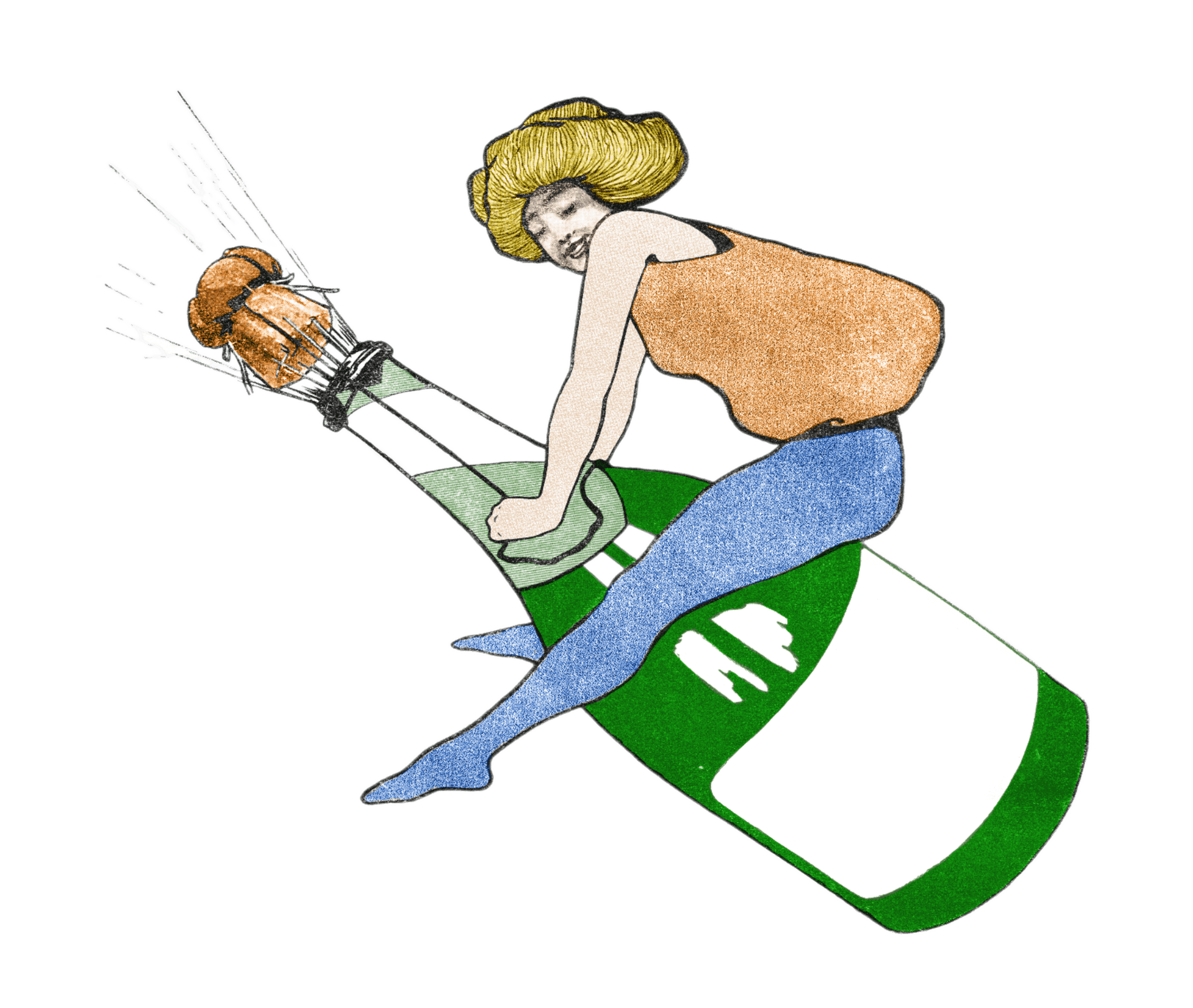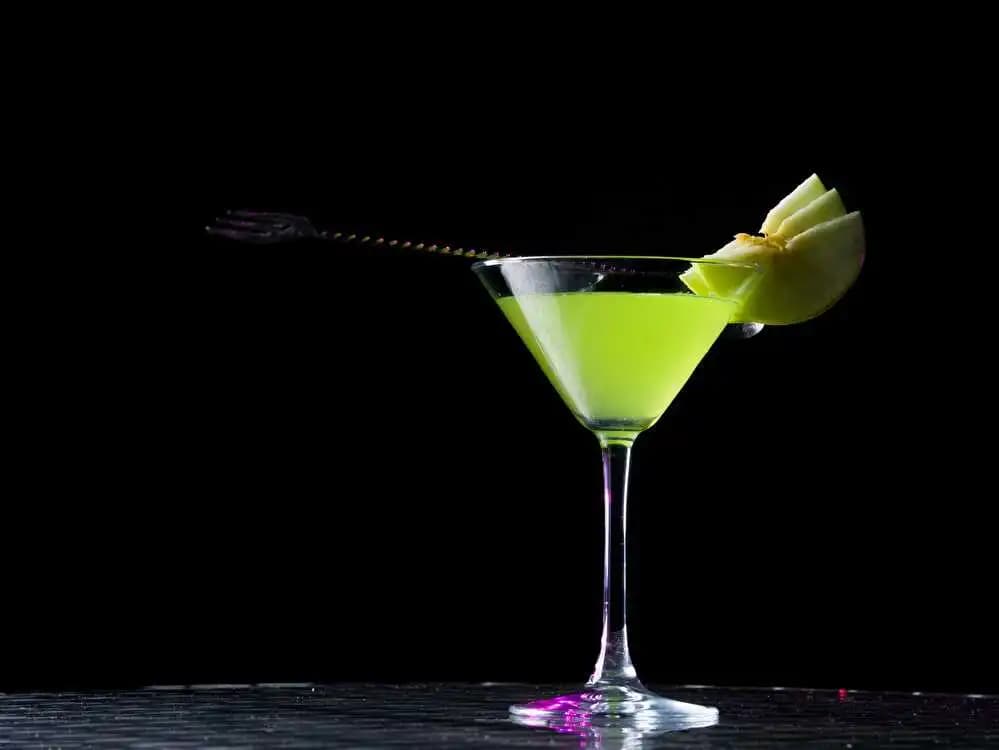Angel's Share To Devil's Cut: A Glossary Of Unusual Terms In Spirit (& Wine) Making
For a true connoisseur of spirits, enjoying delectable liquor is as much about sniffing the bouquet of a quality Bordeaux or tasting the smoky notes of a premium whisky as about knowing the histories and processes of ageing and distilling alcohol. Crafting premium liquor is a scientific endeavour, meticulous and interesting in equal measure. And for the epicurean, the knowledge of terms that make up the repository of wine and spirit worlds is like adding another layer of flavour to their experience of indulging in quality liquor.
In a two-part series we explore some of the unusual, lesser-known terms used in crafting spirits, for a glimpse of liquor jargon that would interest budding enthusiasts and experts alike. Read on for part one, which dives into the meanings of peat reek, noble rot and more:

Angel’s Share
As the term suggests, this portion of liquor is indeed a share taken away by the angels in the distillery or ageing warehouse where whisky is prepared. Angel’s share then refers to the portion of the spirit that is lost to evaporation during the ageing process. This happens when alcoholic beverages mature in wooden casks or barrels and a small amount of the liquid seeps into the wood to gradually evaporate. This angel’s share varies across distilleries according to the climate and the aging vessel so in warmer climes, this portion tends to be quite significant.
Noble Rot
Wine making is a methodical process involving varied techniques. Noble rot is a fungus which affects grapes during damp conditions followed by dry weather. A useful element for making sweet wines like Sauternes and German Rieslings, the rot pierces grape skin and allows water to evaporate, leaving behind shrivelled, raisin-like grapes with good concentration of sugar. Noble rot produces sweet wines with luscious flavours carrying notes of honey and dried fruit.
Devil’s Cut
A term in contrast to angel’s share, this was coined by bourbon mogul Jim Beam and refers to the whisky that is left behind in the wood of the barrels in which it is being aged or distilled, after the cask has been emptied. The trapped whisky is extracted from the wood to produce a very concentrated liquid which is then blended with other spirits to make Devil’s Cut Bourbon.

Solera System
A system implemented for blending and ageing beverages like wine and vinegar, this is derived from the Spanish word which means ‘on the floor’ to denote the practice of stacking barrels on the ground, arranged like a pyramid or in a series of rows. The bottom rung which contains the oldest liquid is known as the solera. The row above contains a liquid blend from the solera and a younger wine. This process continues layer after layer to ensure a constant blending of the liquids. Using the solera system contributes to the depth and richness of the final product because the older wine mingled with the freshness of the younger beverage produces a harmonious flavour. The system is used in the production of spirits like sherry, brandy and even Madeira.
Peat Reek
If you have ever wondered what you could call the smoky and earthy aroma infused into a whiskey during malting, it is the peat reek, or the smell of the fuel used for malting barley in the production of Scotch whisky. Peat releases certain phenolic compounds which are absorbed by the barley during the drying process and its flavour is further enhanced when peat malt is used to produce whisky aged in oak barrels. Many of your favoured whiskies from Scotland might carry a whiff of the peat reek which gives the spirit a distinct smokiness.
In part 2, read about terms like 'silent season' and 'spirit safe'.


